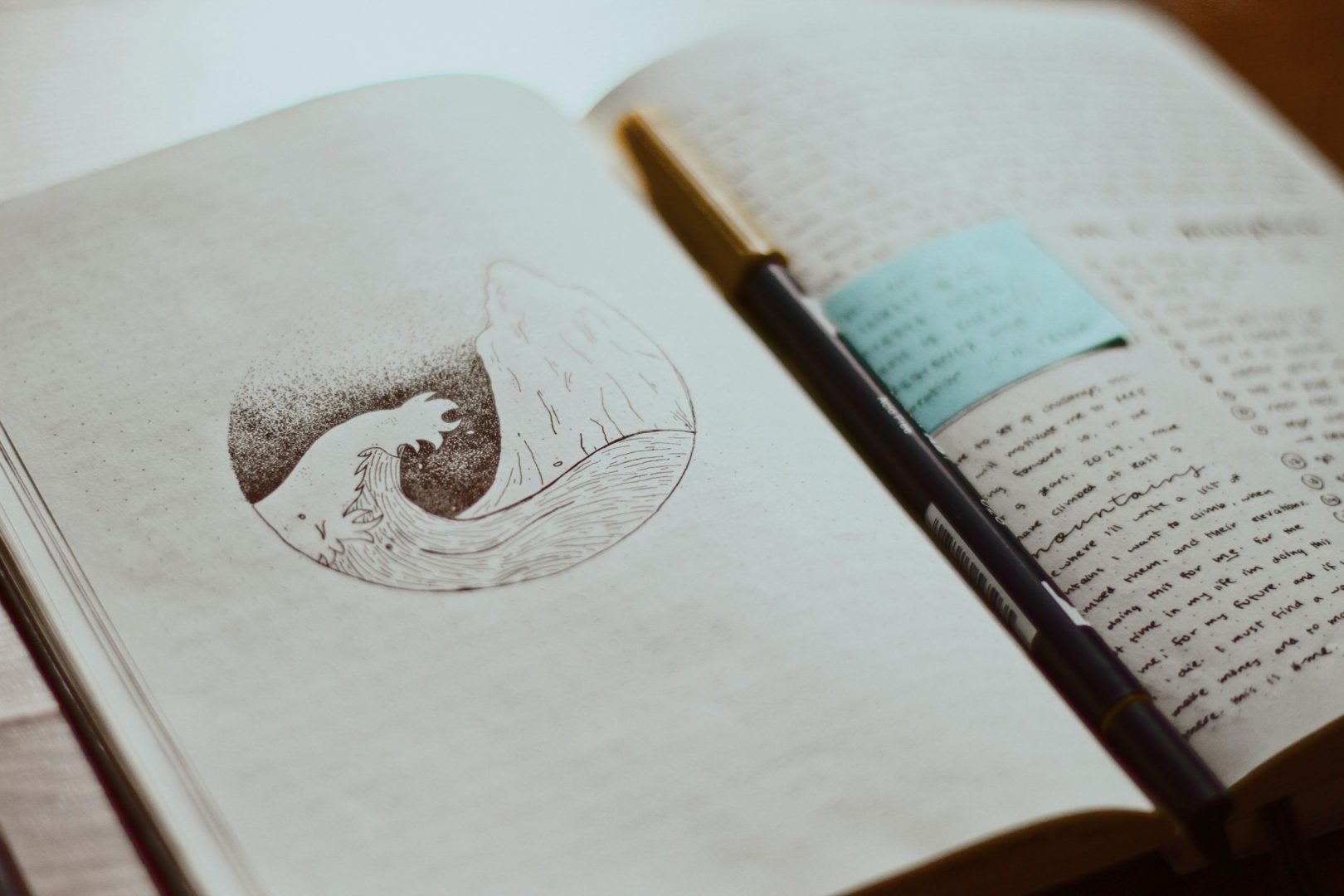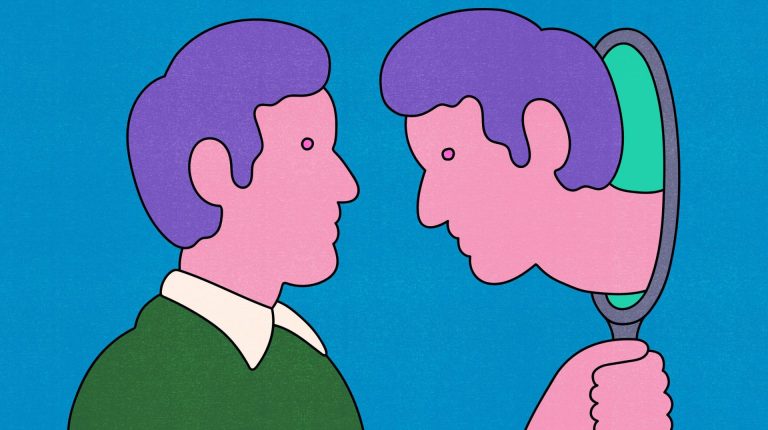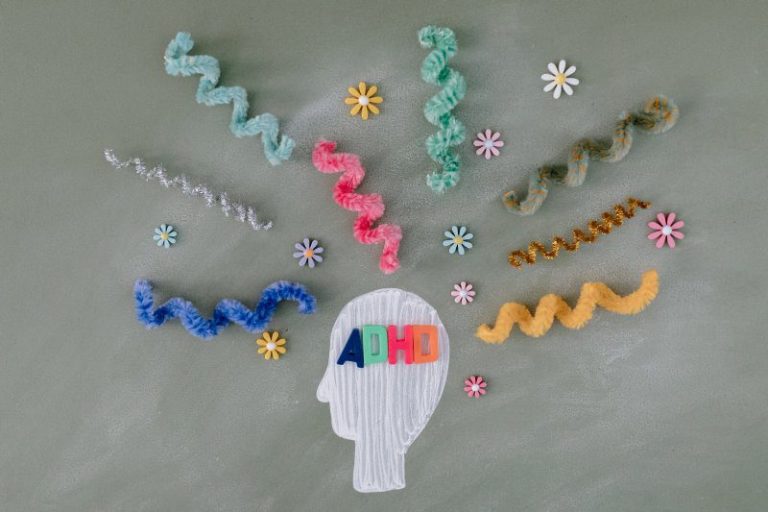Drawing from Within
Imagery offers a powerful language for expressing emotions, relationships, and deeper aspects of our inner lives meaningfully. Additionally, psychotherapist Thomas Moore suggested therapists should understand art history and visual creation to support their therapeutic work effectively. Consequently, therapists using imagery can better explore personal experiences, uncover hidden meanings, and connect with clients on deeper levels. Furthermore, engaging with a client’s imagery encourages growth, self-awareness, and healing through the creative process of visual expression.
Exploring Emotions Through the Gestalt Art Process
Exploring reality with art materials allows individuals to communicate inner emotions and sensations creatively in the present moment. Creating images gives people a powerful tool to express feelings when words may seem difficult or limiting. Engaging in this process provides clarity, offering insight into hidden emotions and unspoken aspects of personal experiences. In 1979, Janie Rhyne advanced Gestalt art therapy by researching emotional constructs through careful client observation. She analysed drawings that represented emotional states, uncovering consistencies in the way feelings appeared through visual symbols. These findings highlighted a universal connection between visual elements and specific emotional experiences. Ultimately, her research demonstrated the transformative potential of art-making for understanding emotions and promoting self-awareness.
Understanding Emotions Through Creative Expression in Art
For example, sadness may show as downward curving lines, reflecting heavy feelings and a sense of pulling inward. Additionally, excitement often appears as outward-reaching shapes, showing energy, enthusiasm, and a wish for connection with others. Consequently, these visual patterns help people express inner emotions, giving useful insights into their mental state and wellbeing. Furthermore, therapists can support clients in understanding these drawings, building self-awareness and healthier ways of managing emotions. Ultimately, seeing symbols in artwork shows the power of creative expression as a tool for healing and personal growth.
The Gestalt Art Experience & Its Transformative Benefits
Janie Rhyne introduced the “Gestalt art experience” to describe her therapeutic method using creative visual expression techniques. Additionally, this approach enables therapists to support clients in exploring their unique abilities, perceptions, and expressive qualities effectively. Consequently, individuals access these personal resources through image creation, discovering deeper insights into their emotions and internal experiences. Furthermore, interpreting visual messages within artwork allows clients to uncover meaning, encouraging greater self-awareness and personal growth. Ultimately, the Gestalt art experience empowers individuals to embrace creativity as a transformative tool for healing and self-discovery.
Art In Therapy: Valuing the Creative Process Over the Final Product
Rather than focusing on the finished artwork, creative expression emphasises personal growth and emotional exploration instead. Additionally, prioritising the process allows individuals to discover insights and build resilience through meaningful engagement with their creativity. Consequently, art becomes a therapeutic tool, fostering self-awareness and supporting healthier emotional regulation in challenging circumstances. Furthermore, expressing emotions visually helps people communicate experiences that may be difficult to articulate verbally in conversation. Importantly, this approach reduces performance pressure, making creative practices more accessible and enjoyable for people of all skill levels. Ultimately, valuing process over product nurtures expression, enhances wellbeing, and empowers individuals to embrace creativity as personal therapy.
Simple Creative Experiments to Support Emotional Growth at Home
One simple creative experiment previously used with clients can also be practised effectively and safely within the home environment. Additionally, engaging in such exercises allows individuals to explore emotions constructively, fostering both self-awareness and inner resilience simultaneously. Consequently, creative practices like drawing or journaling encourage reflection, helping people recognise patterns and develop healthier coping strategies.
Art In Therapy for Mindfulness, Self-Expression, & Emotional Wellbeing
Furthermore, engaging in creative practices encourages mindfulness, helping individuals remain present while effectively reducing stress and anxiety levels. Importantly, focusing on the expressive process instead of the final product ensures accessibility and inclusivity for everyone regardless of skill. Consequently, embracing creativity allows individuals to explore emotions safely, fostering resilience and encouraging healthier coping mechanisms during challenges. Additionally, regular participation in these activities enhances mental clarity, emotional stability, and a deeper sense of personal fulfilment. Ultimately, practising creativity consistently nurtures wellbeing, strengthens growth, and improves overall life satisfaction through meaningful self-expression and mindful engagement.
You’ll need to:
• Prepare a blank A3 paper or piece cardboard, with a crayon or marker in front of you.
• Play some calming and meditative music in the background.
• Close your eyes and focus on your breathing, slowly inhaling and exhaling several times.
• Relax body tension, focusing on jaw, neck, shoulders, spine, fingers, and toes holding stress.
• Try not to think too much, immersing yourself in the the music.
• Bracket thoughts of past or future, concentrate fully on present sounds and sensations.
• Take your time, staying in and with the silence.
Moving On From There
• When you feel ready, take a crayon, close your eyes, and let it flow freely on paper.
• Stay with the moment and let your creativity flow.
• When you feel complete, gently place the crayon aside, breathe slowly, and gradually open your eyes.
Final Thoughts on Art In Therapy
To wrap things up, the Gestalt art process focuses on self-discovery, helping people change old views and build healthier, happier experiences. Additionally, by exploring creativity, individuals can uncover hidden feelings, gain insights, and grow stronger in their personal journey. Consequently, this approach encourages people to stay present, building resilience and flexibility when facing life’s daily challenges. Furthermore, using Gestalt art as therapy allows safe exploration of emotions while supporting mindfulness, self-awareness, and general wellbeing.
Art In Therapy: Written by Pete Farrugia
Pete Farrugia is a Trainee Gestalt Psychotherapist. In his profession he explores the intersection of psychosocial wellbeing, spiritual development, and creative expression.







